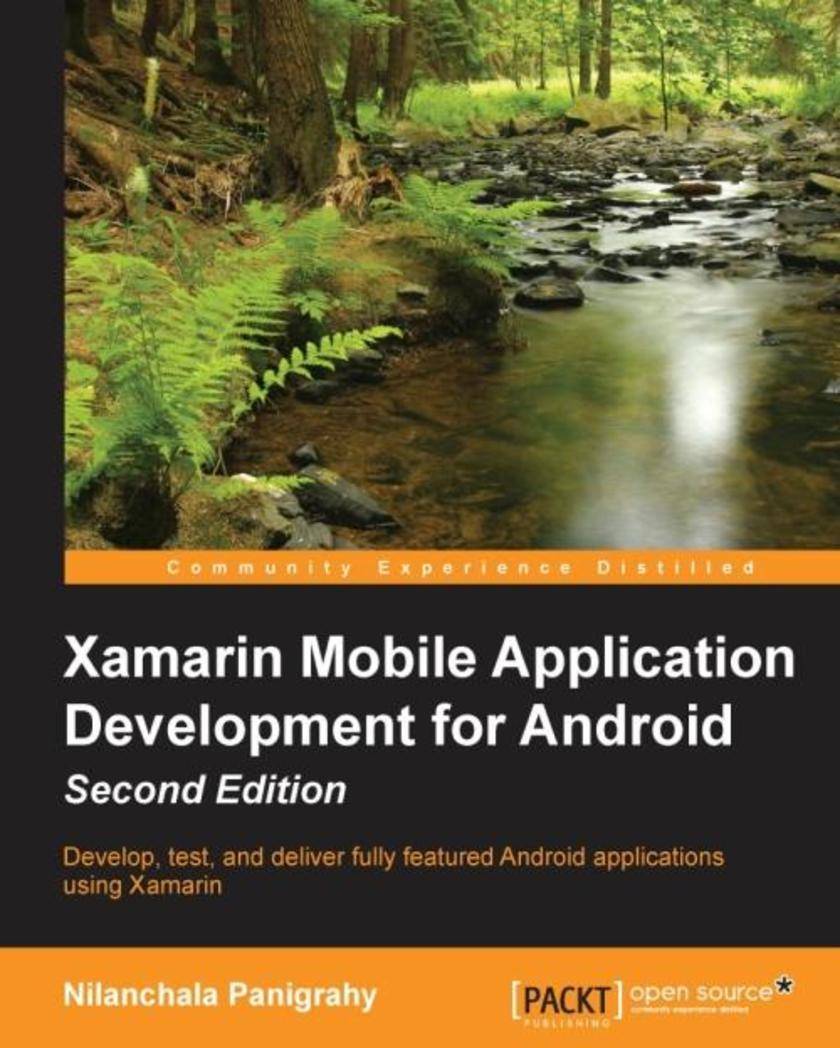
Xamarin Mobile Application Development for Android - Second Edition
¥80.65
If you are a C# developer who wants to develop Android apps and enhance your existing skill set, then this book is ideal for you. Good working knowledge of C#, .NET, and object-oriented software development is assumed.

PhoneGap By Example
¥80.65
If you are a web developer with some experience in the development of single page applications and want to enter the world of mobile applications, then this technology and book are ideal for you. No previous experience in the C++ or Java languages is required.
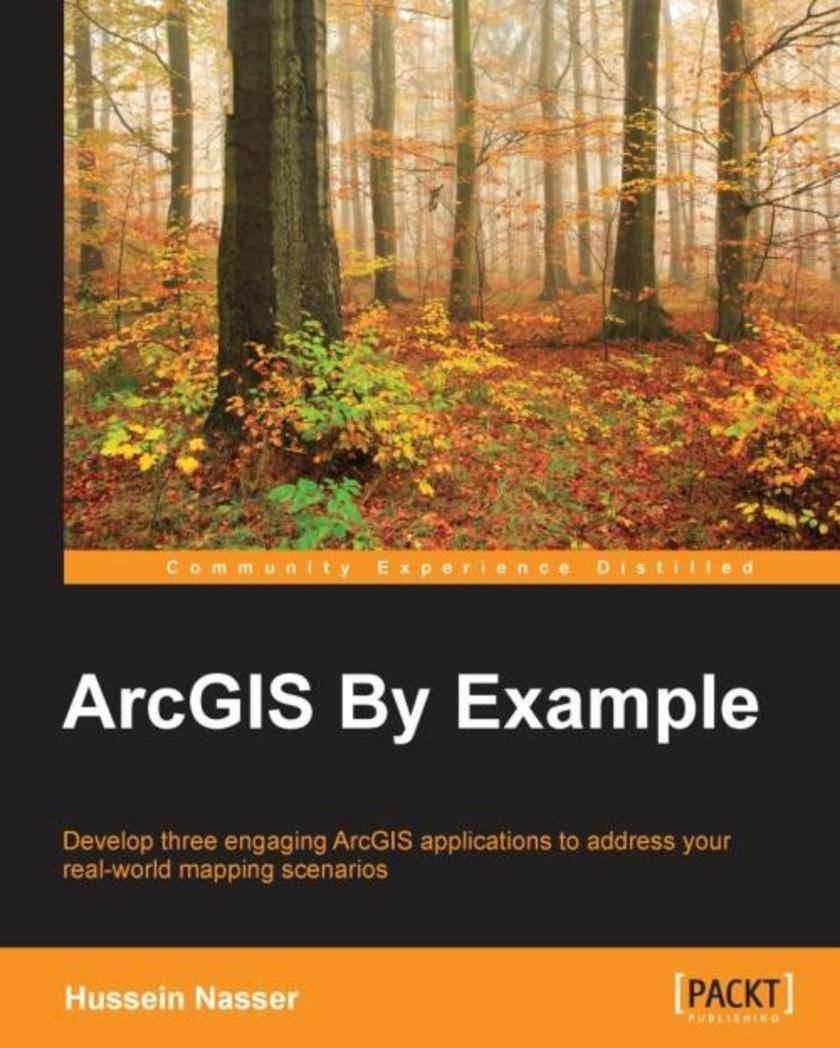
ArcGIS By Example
¥80.65
If you are an application developer who wishes to enhance your skills for the GIS domain with ArcGIS, then this book is for you. Previous experience with ArcGIS is not required.

Node Web Development, Second Edition
¥80.65
Presented in a simple, step-by-step format, this book is an introduction to web development with Node.This book is for anybody looking for an alternative to the "P" languages (Perl, PHP, Python), or anyone looking for a new paradigm of server-side application development.The reader should have at least a rudimentary understanding of JavaScript and web application development.
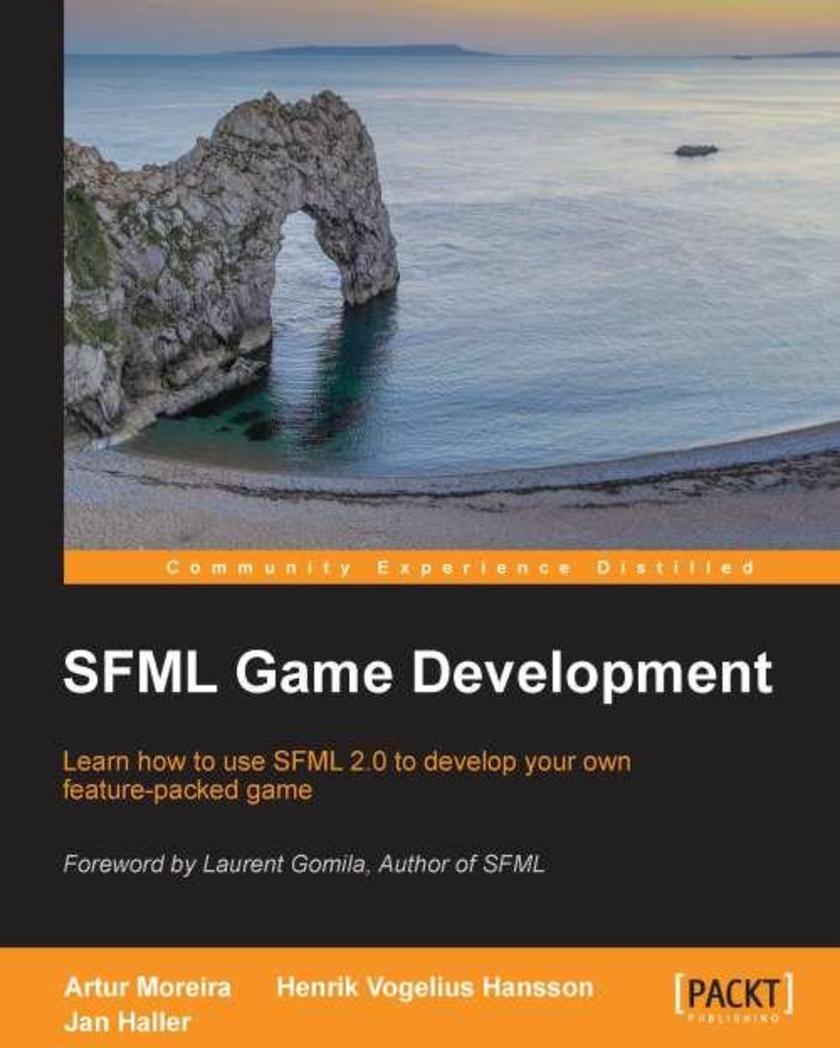
SFML Game Development
¥80.65
SFML Game Development is a fast-paced, step-by-step guide, providing you with all the knowledge and tools you need to create your first game using SFML 2.0.SFML Game Development addresses ambitious C++ programmers who want to develop their own game. If you have plenty of ideas for an awesome and unique game, but don’t know how to start implementing them, then this book is for you. The book assumes no knowledge about SFML or game development, but a solid understanding of C++ is required.

FreeSWITCH 1.2
¥80.65
This book is full of practical code examples aimed at a beginner to ease his or her learning curve.This book is written for IT professionals and enthusiasts who are interested in quickly getting a powerful telephony system up and running using the free and open source application, FreeSWITCH.Telephony experience will be helpful, but not required.

Blackboard Learn Administration
¥80.65
Hands-on and step-by-step instructions on successfully administrating Blackboard Learn from an admin expert. This book is for in-house IT administrators who are responsible for maintaining the school’s IT system and making sure that it is ready for the teachers to use. Readers will need some experience with server management and installation.

Apple Motion 5 Cookbook
¥80.65
Step-by-step, practical recipes to build simple and complex Motion Graphics with Motion 5"Apple Motion 5 Cookbook" is designed for Final Cut Pro X video editors and Motion 5 users looking to gain more knowledge of how Motion works, and to get more of a ‘WOW’ factor in projects. It’s also aimed at designers and motion designers alike, who are looking to build on their skillsets.
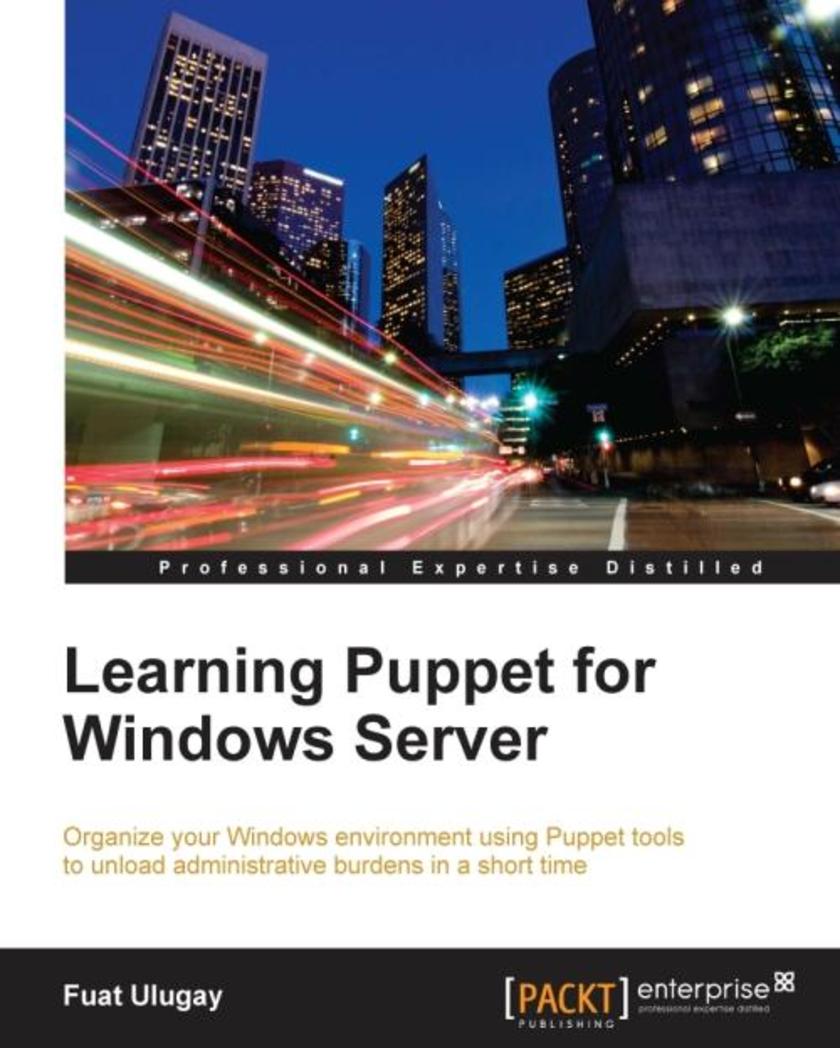
Learning Puppet for Windows Server
¥80.65
This book is for Windows administrators seeking to automate the management tasks of Windows servers and clients. Prior experience in Windows administration and a basic knowledge of Linux and Puppet will help you create wonders.

Arduino Wearable Projects
¥80.65
This book is intended for readers who are familiar with the Arduino platform and want to learn more about creating wearable projects. No previous experience in wearables is expected, although a basic knowledge of Arduino will help.
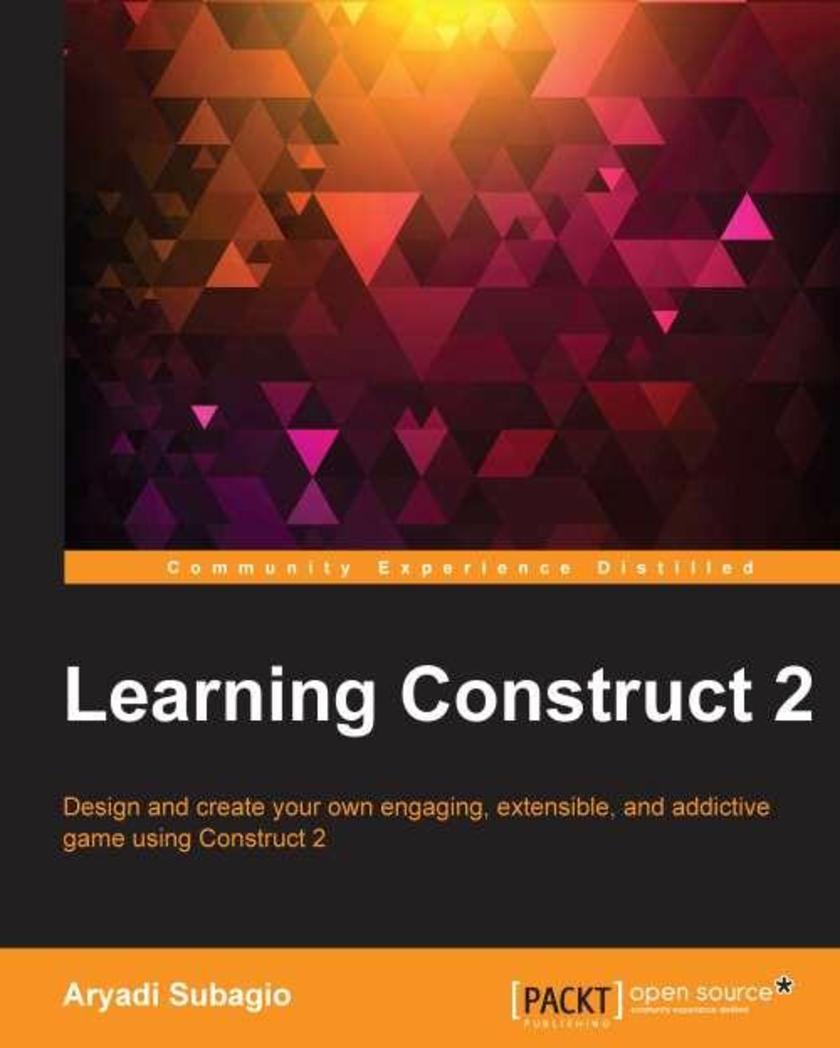
Learning Construct 2
¥80.65
If you want to make your own game but don't know how to start or don't have the technical skills to do it, then this is the book for you. You don't need to have a programming background to understand the concepts explained.

VMware vRealize Operations Performance and Capacity Management
¥80.65
If you are an IT professional who is interested in performance management and capacity management in a virtual data center, then this book is ideal for you. The book is an intermediate-level book.
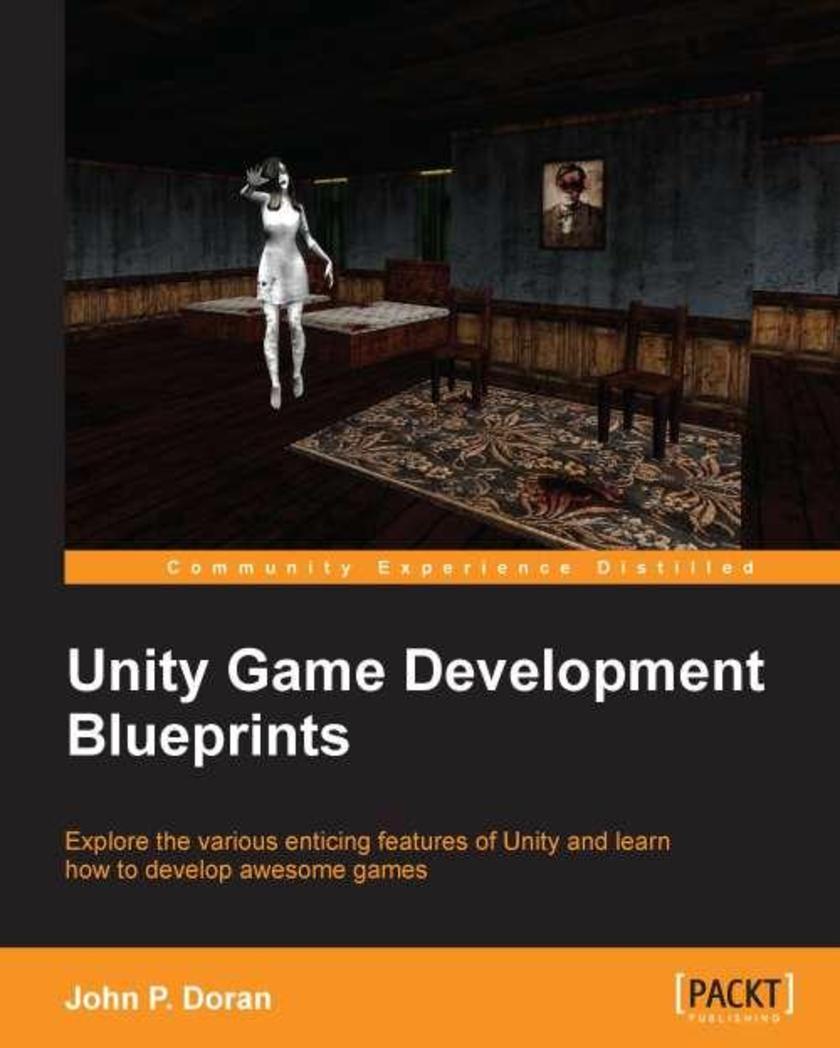
Unity Game Development Blueprints
¥80.65
If you want to build enticing projects with Unity, this book is for you. Readers who are familiar with the basics of how to create simple projects in Unity will have an easier time.
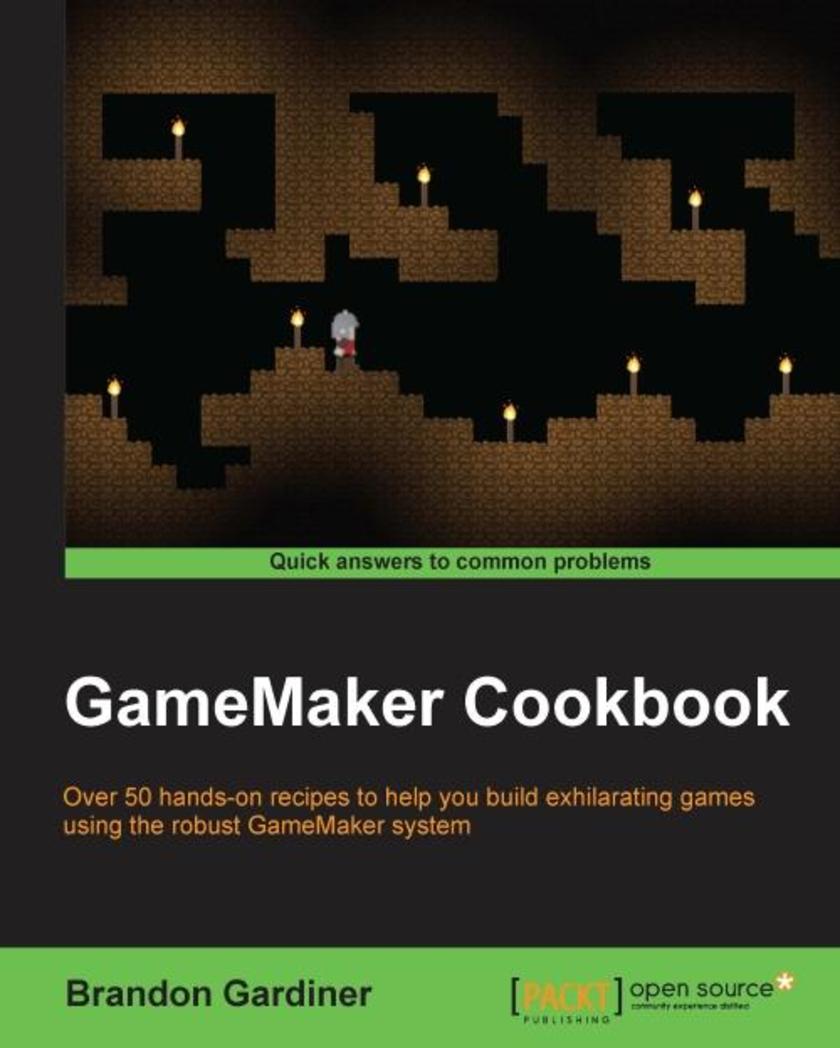
GameMaker Cookbook
¥80.65
Over 50 hands-on recipes to help you build exhilarating games using the robust GameMaker system About This Book Design and develop game elements that can be used alone or stacked to enhance your gaming experience Explore extensions that can unlock GameMaker: Studio’s true potential to create complex games A recipe-based, easy-to-follow guide to take your GameMaker skills to the next level Who This Book Is For This book is intended for GameMaker: Studio enthusiasts who are looking to add more substance and improve their content. If know your way around the program and have some basic GML skills but want to take them further, then this book is for you. What You Will Learn Set up player control schemes of various types, such as touch controls and a gamepad Create your own physics sandbox Get accustomed to advanced player movement Implement music and 3D sound in your games Utilize GameMaker’s GUI layers to create exciting games Generate adjustable game settings and save systems Add depth to your game with lighting and special effects In Detail GameMaker: Studio started off as a tool capable of creating simple games using a drag-and-drop interface. Since then, it has grown to become a powerful instrument to make release-ready games for PC, Mac, mobile devices, and even current-gen consoles. GameMaker is designed to allow its users to develop games without having to learn any of the complex programming languages such as C++ or Java. It also allows redistribution across multiple platforms. This book teaches you to harness GameMaker: Studio’s full potential and take your game development to new heights. It begins by covering the basics and lays a solid foundation for advanced GameMaker concepts. Moving on, it covers topics such as controls, physics, and advanced movement, employing a strategic approach to the learning curve. The book concludes by providing insights into complex concepts such as the GUI, menus, save system, lighting, particles, and VFX. By the end of the book, you will be able to design games using GameMaker: Studio and implement the same techniques in other games you intend to design. Style and approach A problem-solving guide that teaches you the construction of game elements and mechanics to be integrated in games for rapid prototyping. Each overall topic includes several individual recipes taught through step-by-step instructions, and in-depth follow-up with examples.
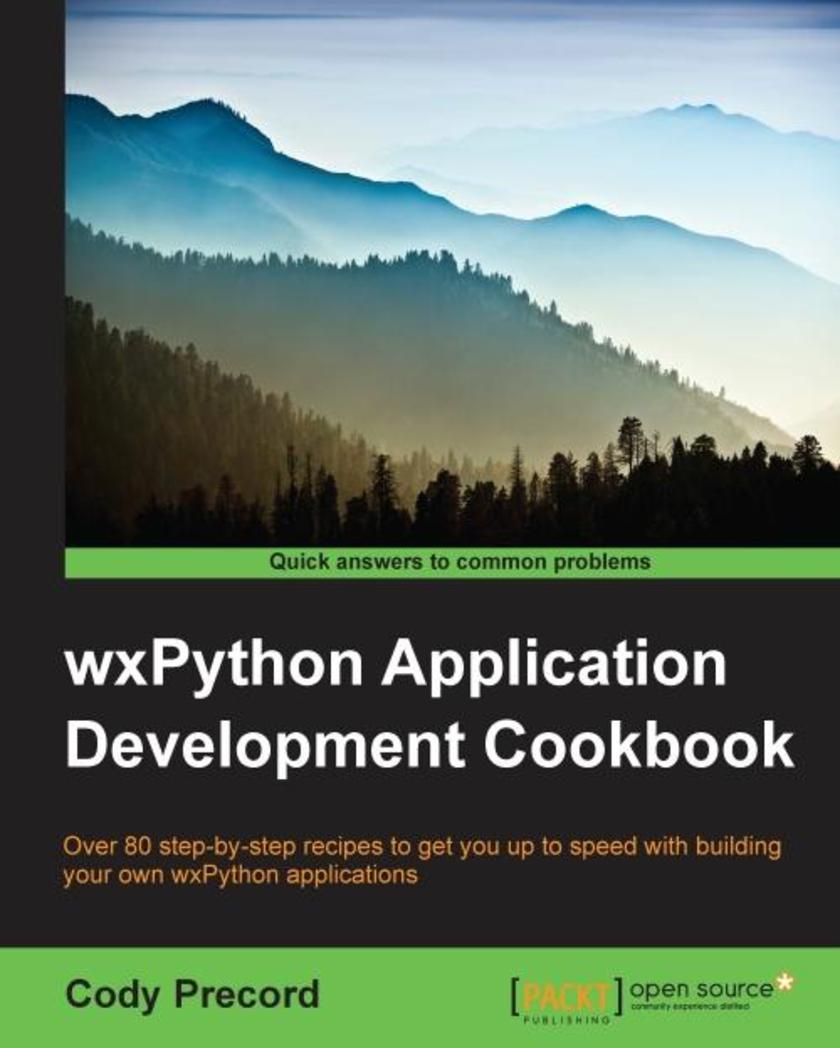
wxPython Application Development Cookbook
¥80.65
Over 80 step-by-step recipes to get you up to speed with building your own wxPython applications About This Book This book empowers you to create rich cross-platform graphical user interfaces using Python It helps you develop applications that can be deployed on Windows, OSX, and Linux The recipes in the book involve real-world applications, giving you a first-hand experience of the practical scenarios Who This Book Is For For those who are familiar with programming in Python and want to start building applications with graphical user interfaces, this book will get you up and running quickly. A basic understanding of the Python programming language and object-oriented concepts are all that is needed. What You Will Learn Create full featured user interfaces Design and develop custom controls Deploy and distribute wxPython applications to Windows, Macintosh OS X, Linux, and other UNIX-like environments Handle and respond to application events Manage and display data using grids Interact with web services from your GUI Use Paint events to draw custom displays Support the display of user interfaces in multiple languages In Detail wxPython is a GUI toolkit for the Python programming language built on top of the cross-platform wxWidgets GUI libraries. wxPython provides a powerful set of tools that allow you to quickly and efficiently building applications that can run on a variety of different platforms. Since wxWidgets provides a wrapper around each platform’s native GUI toolkit, the applications built with wxPython will have a native look and feel wherever they are deployed. This book will provide you with the skills to build highly functional and native looking user interfaces for Python applications on multiple operating system environments. By working through the recipes, you will gain insights into and exposure to creating applications using wxPython. With a wide range of topics covered in the book, there are recipes to get the most basic of beginners started in GUI programming as well as tips to help experienced users get more out of their applications. The recipes will take you from the most basic application constructs all the way through to the deployment of complete applications. Style and approach This book is a collection of step-by-step recipes that introduce the various components and concepts of wxPython in a conversational and easy-to-follow way. Each recipe contains coded examples along with detailed explanations about the key points of each topic. Each topic is designed to introduce and show you how to use a single feature from the wxPython library.
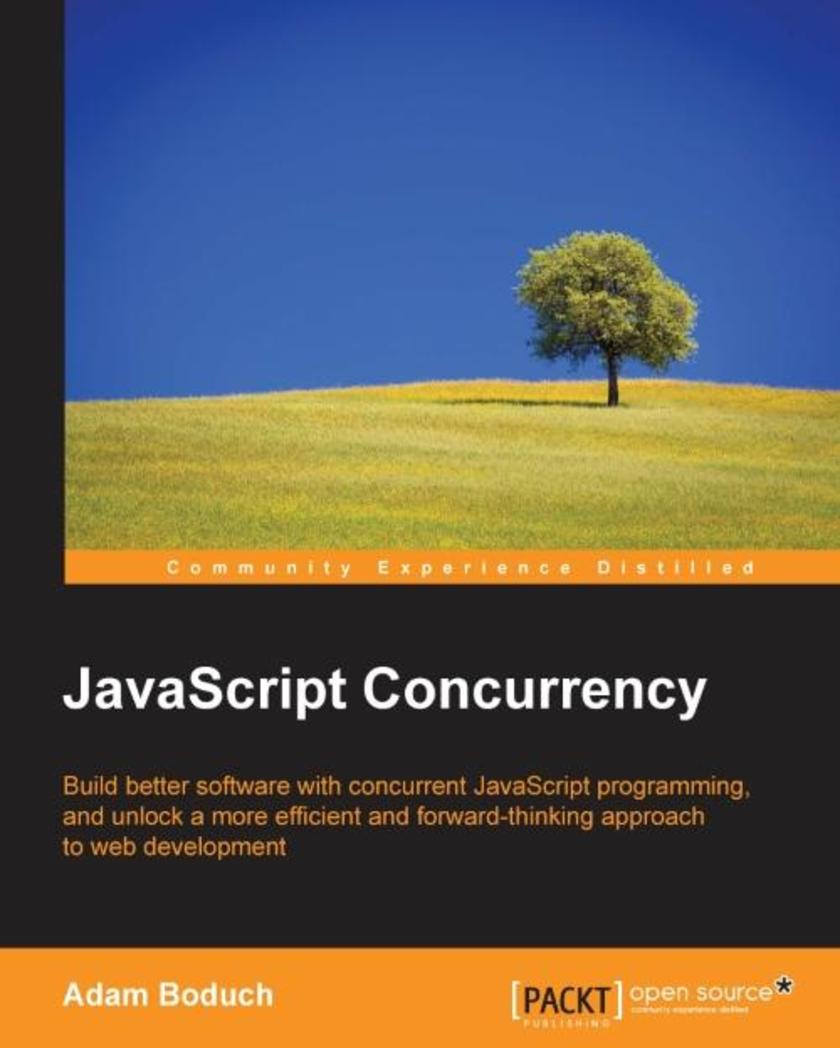
JavaScript Concurrency
¥80.65
Build better software with concurrent JavaScript programming, and unlock a more efficient and forward thinking approach to web development About This Book Apply the core principles of concurrency to both browser and server side development Explore the latest tools and techniques at the forefront of concurrent programming, including JavaScript promises, web workers, and generators Learn how concurrent and parallel programming can help you tackle the challenges of fast, data heavy web development Who This Book Is For JavaScript Concurrency is written for any JavaScript developer who wants to learn how to write more efficient, powerful, and maintainable applications that utilize the latest developments in the JavaScript language. All aspects of concurrent, asynchronous, and parallel programming are covered from first principles and by the end of the book you’ll be able to create a fully-worked application that leverages all the topics covered in the book. What You Will Learn Understand exactly how JavaScript works in a web browser environment, and how these mechanisms power our event-driven JavaScript code Use promises to turn complex synchronization scenarios into readable and maintainable values Compute values lazily and avoid unnecessary memory allocations using generators. Write concurrent code that doesn’t feel like concurrent code by abstracting away boilerplate chores Leverage true hardware parallelism with web workers to get a better performance Get to grips with the NodeJS model of concurrency and learn why it’s good for I/O-intensive web applications In Detail Concurrent programming may sound abstract and complex, but it helps to deliver a better user experience. With single threaded JavaScript, applications lack dynamism. This means that when JavaScript code is running, nothing else can happen. The DOM can’t update, which means the UI freezes. In a world where users expect speed and responsiveness – in all senses of the word – this is something no developer can afford. Fortunately, JavaScript has evolved to adopt concurrent capabilities – one of the reasons why it is still at the forefront of modern web development. This book helps you dive into concurrent JavaScript, and demonstrates how to apply its core principles and key techniques and tools to a range of complex development challenges. Built around the three core principles of concurrency – parallelism, synchronization, and conservation – you’ll learn everything you need to unlock a more efficient and dynamic JavaScript, to lay the foundations of even better user experiences. Throughout the book you’ll learn how to put these principles into action by using a range of development approaches. Covering everything from JavaScript promises, web workers, generators and functional programming techniques, everything you learn will have a real impact on the performance of your applications. You’ll also learn how to move between client and server, for a more frictionless and fully realized approach to development. With further guidance on concurrent programming with Node.js, JavaScript Concurrency is committed to making you a better web developer. The best developers know that great design is about more than the UI – with concurrency, you can be confident every your project will be expertly designed to guarantee its dynamism and power. Style and approach Beginning with the fundamentals of concurrency and how they apply to JavaScript development, the book then takes you through the relevant constructs that will help you implement concurrent code. You’ll learn how even the most abstract and theoretical aspects of concurrent programming help you solve real world challenges, with clear and practical demonstrations that show you how concurrent JavaScript will make you a better developer.
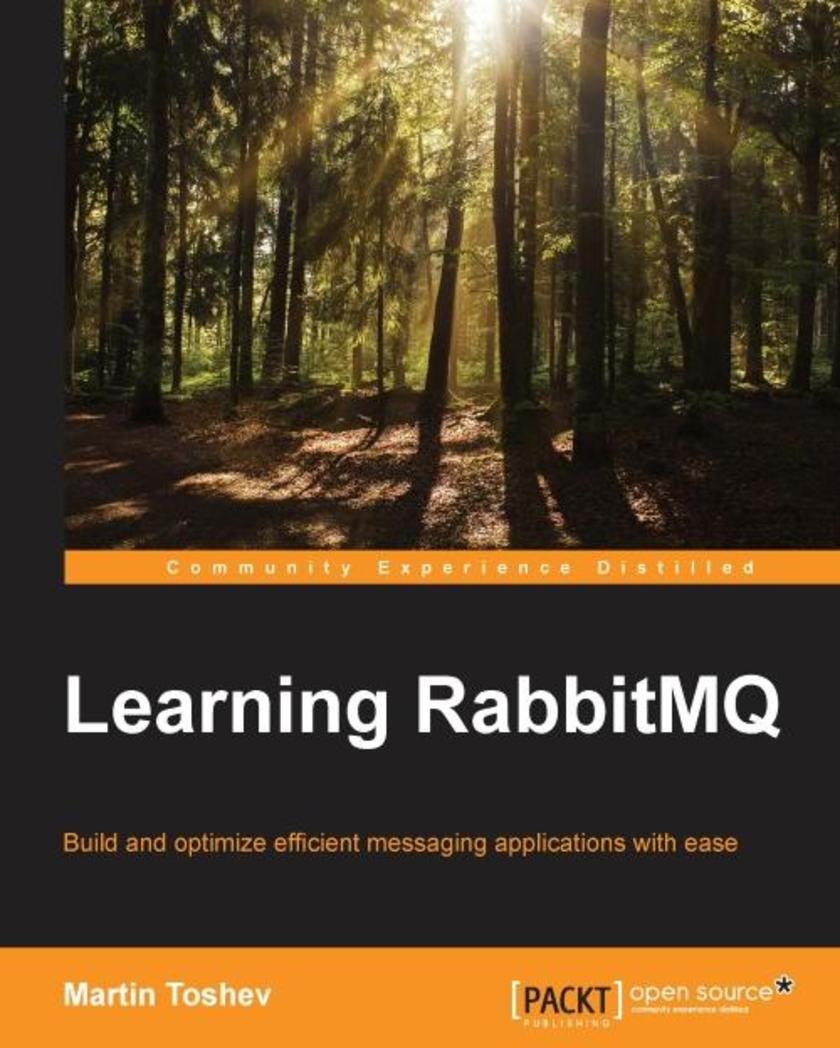
Learning RabbitMQ
¥80.65
Build and optimize efficient messaging applications with ease About This Book Learn to administer, configure, and manage RabbitMQ instances Discover ways to secure and troubleshoot RabbitMQ instances This book is fully up-to-date with all the latest changes to version 3.5 Who This Book Is For If you are a developer or system administrator with a basic knowledge of messaging who wants to learn RabbitMQ, or if you want to further enhance your knowledge in working with the message broker, then this book is ideal for you. To fully understand some examples in the book, a basic knowledge of the Java programming language is required. What You Will Learn Apply messaging patterns using the message broker Administer RabbitMQ using the command line, management Web console, or management REST services Create a cluster of scalable, and highly-available, RabbitMQ instances Use RabbitMQ with the Spring Framework, MuleESB, WSO2, and Oracle databases Deploy RabbitMQ using Puppet, Vagrant, or Docker Fine-tune the performance of RabbitMQ Monitor RabbitMQ using Nagios, Munin, or Monit Secure, troubleshoot, and extend RabbitMQ In Detail RabbitMQ is Open Source Message Queuing software based on the Advanced Message Queue Protocol Standard written in the Erlang Language. RabbitMQ is an ideal candidate for large-scale projects ranging from e-commerce and finance to Big Data and social networking because of its ease of use and high performance. Managing RabbitMQ in such a dynamic environment can be a challenging task that requires a good understanding not only of how to work properly with the message broker but also of its best practices and pitfalls. Learning RabbitMQ starts with a concise de*ion of messaging solutions and patterns, then moves on to concrete practical scenarios for publishing and subscribing to the broker along with basic administration. This knowledge is further expanded by exploring how to establish clustering and high availability at the level of the message broker and how to integrate RabbitMQ with a number of technologies such as Spring, and enterprise service bus solutions such as MuleESB and WSO2. We will look at advanced topics such as performance tuning, secure messaging, and the internals of RabbitMQ. Finally we will work through case-studies so that we can see RabbitMQ in action and, if something goes wrong, we'll learn to resolve it in the Troubleshooting section. Style and approach Each chapter of the book is an easy-to-follow guide that expands and builds on the knowledge already gained in previous chapters. Throughout the course of the book, a sample system called the CSN (Corporate Social Network) is used to illustrate the core principles described. At the end of each chapter, there is a Q&A session that covers practical questions that may arise in practice when working with RabbitMQ.
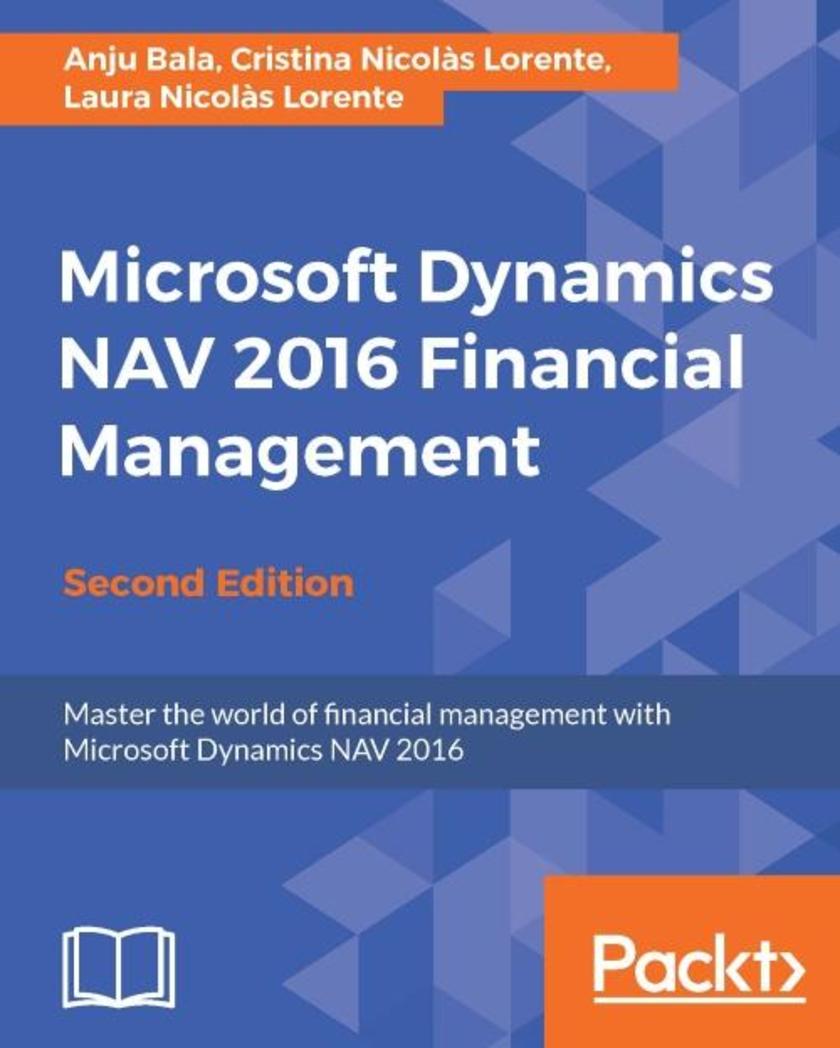
Microsoft Dynamics NAV 2016 Financial Management - Second Edition
¥80.65
Master the world of financial management with Microsoft Dynamics NAV 2016 About This Book Familiarize yourself with Dynamics NAV and get up to date with the latest release – this is an invaluable tool for financial management Learn how to use reporting tools that will help you to make the right decisions at the right time Explore features inside the sale and purchase areas as well as functionalities including payments, budgets, cash flow, fixed assets, and business intelligence Who This Book Is For This book will appeal to financers and accountants who are using Dynamics NAV as their ERP and financial management system. Dynamics NAV consultants and project managers will find it useful for their daily work. What You Will Learn Handle complete business processes for purchases and sales in Dynamics NAV. Use the banking features and the reconciliation process to gain greater insights into a company’s financial status. Report data in a meaningful way that provides the company with insightful analysis. Set up dimensions and link them with master tables and journals. Work with multi-currency and intercompany postings. Receive and send documents electronically. Manage complete Fixed Asset by Setup, transactions, budgets, and Fixed Asset Reporting. In Detail Microsoft Dynamics NAV is a global Enterprise Resource Planning (ERP) solution that provides small and mid-size businesses with greater control over their finances and a way to simplify their supply chain, manufacturing, and operations. Microsoft Dynamics NAV Financial Management explains all you need to know in order to successfully handle your daily financial management tasks. This book walks you through all the improvements in the latest release and shows you how to apply them in your workplace. You will learn about functionalities including sales and purchase processes, payments, bank account management, reporting taxes, budgets, cash flow, fixed assets, cost accounting, inventory valuation, workflows, sending and receiving electronic documents, and business intelligence. This book comprehensively covers all the financial management features inside the latest version of Dynamics NAV and follows a logical schema. By the time you’re finished this book you will have learned about budgets, cash flow management, currencies, intercompany postings, and accounting implications in areas such as jobs, services, warehousing, and manufacturing. Style and approach This book is an in-depth, practical tutorial demonstrating both the basic and more advanced concepts of financial management in Dynamics NAV.
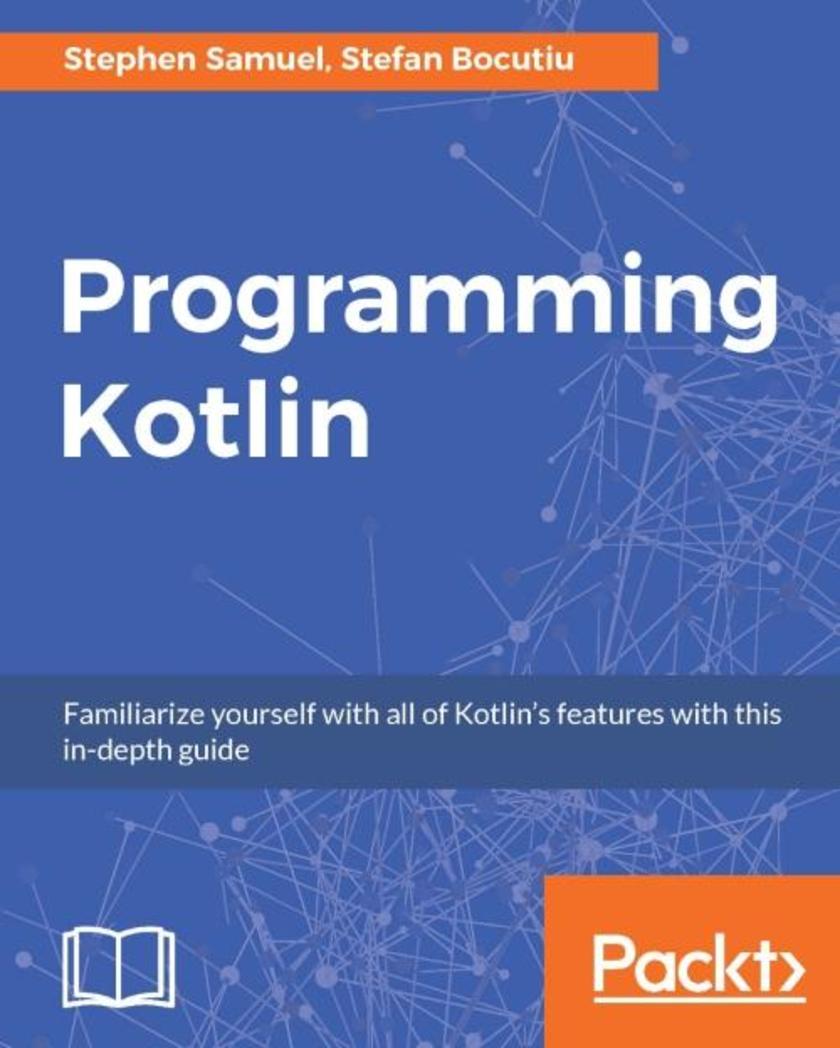
Programming Kotlin
¥80.65
Familiarize yourself with all of Kotlin’s features with this in-depth guide About This Book Get a thorough introduction to Kotlin Learn to use Java code alongside Kotlin without any hiccups Get a complete overview of null safety, Generics, and many more interesting features Who This Book Is For The book is for existing Java developers who want to learn more about an alternative JVM language. If you want to see what Kotlin has to offer, this book is ideal for you. What You Will Learn Use new features to write structured and readable object-oriented code Find out how to use lambdas and higher order functions to write clean, reusable, and simple code Write unit tests and integrate Kotlin tests with Java code in a transitioning code base Write real-world production code in Kotlin in the style of microservices Leverage Kotlin’s extensions to the Java collections library Use destructuring expressions and find out how to write your own Write code that avoids null pointer errors and see how Java-nullable code can integrate with features in a Kotlin codebase Discover how to write functions in Kotlin, see the new features available, and extend existing libraries Learn to write an algebraic data types and figure out when they should be used In Detail Kotlin has been making waves ever since it was open sourced by JetBrains in 2011; it has been praised by developers across the world and is already being adopted by companies. This book provides a detailed introduction to Kotlin that shows you all its features and will enable you to write Kotlin code to production. We start with the basics: get you familiar with running Kotlin code, setting up, tools, and instructions that you can use to write basic programs. Next, we cover object oriented code: functions, lambdas, and properties – all while using Kotlin’s new features. Then, we move on to null safety aspects and type parameterization. We show you how to destructure expressions and even write your own. We also take you through important topics like testing, concurrency, microservices, and a whole lot more. By the end of this book you will be able to compose different services and build your own applications. Style and approach An easy to follow guide that covers the full set of features in Kotlin programming.
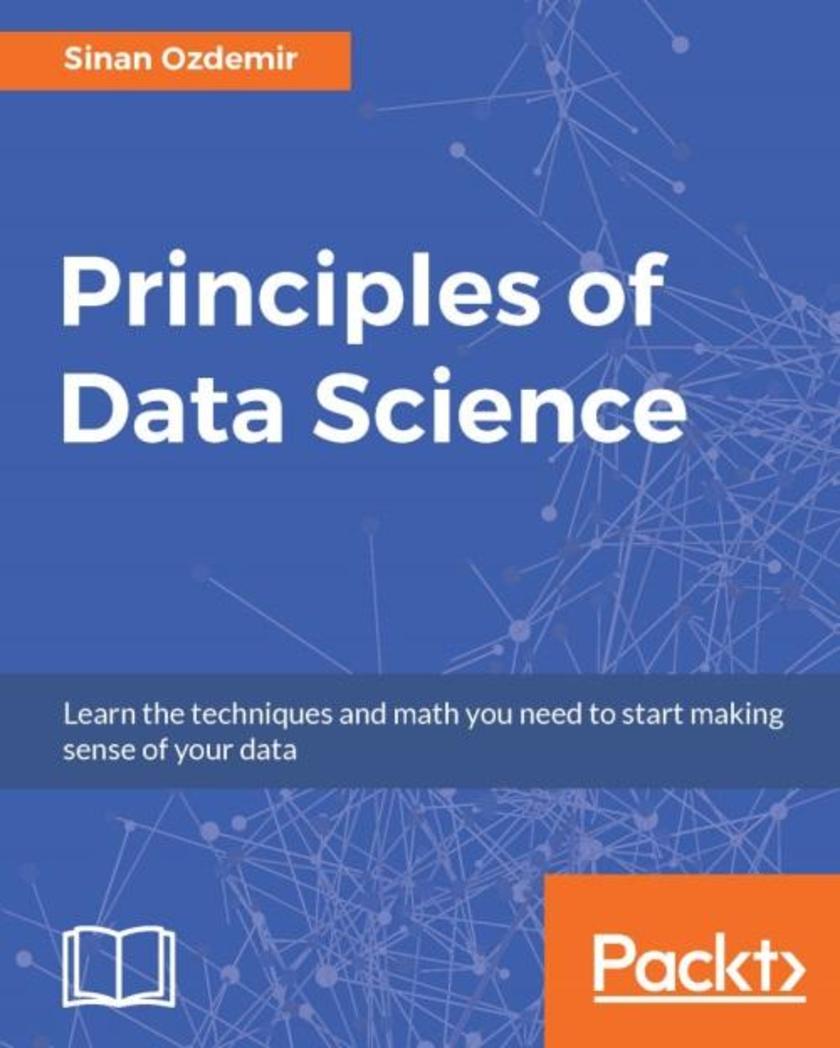
Principles of Data Science
¥80.65
Learn the techniques and math you need to start making sense of your data About This Book Enhance your knowledge of coding with data science theory for practical insight into data science and analysis More than just a math class, learn how to perform real-world data science tasks with R and Python Create actionable insights and transform raw data into tangible value Who This Book Is For You should be fairly well acquainted with basic algebra and should feel comfortable reading snippets of R/Python as well as pseudo code. You should have the urge to learn and apply the techniques put forth in this book on either your own data sets or those provided to you. If you have the basic math skills but want to apply them in data science or you have good programming skills but lack math, then this book is for you. What You Will Learn Get to know the five most important steps of data science Use your data intelligently and learn how to handle it with care Bridge the gap between mathematics and programming Learn about probability, calculus, and how to use statistical models to control and clean your data and drive actionable results Build and evaluate baseline machine learning models Explore the most effective metrics to determine the success of your machine learning models Create data visualizations that communicate actionable insights Read and apply machine learning concepts to your problems and make actual predictions In Detail Need to turn your skills at programming into effective data science skillsPrinciples of Data Science is created to help you join the dots between mathematics, programming, and business analysis. With this book, you’ll feel confident about asking—and answering—complex and sophisticated questions of your data to move from abstract and raw statistics to actionable ideas. With a unique approach that bridges the gap between mathematics and computer science, this books takes you through the entire data science pipeline. Beginning with cleaning and preparing data, and effective data mining strategies and techniques, you’ll move on to build a comprehensive picture of how every piece of the data science puzzle fits together. Learn the fundamentals of computational mathematics and statistics, as well as some pseudocode being used today by data scientists and analysts. You’ll get to grips with machine learning, discover the statistical models that help you take control and navigate even the densest datasets, and find out how to create powerful visualizations that communicate what your data means. Style and approach This is an easy-to-understand and accessible tutorial. It is a step-by-step guide with use cases, examples, and illustrations to get you well-versed with the concepts of data science. Along with explaining the fundamentals, the book will also introduce you to slightly advanced concepts later on and will help you implement these techniques in the real world.
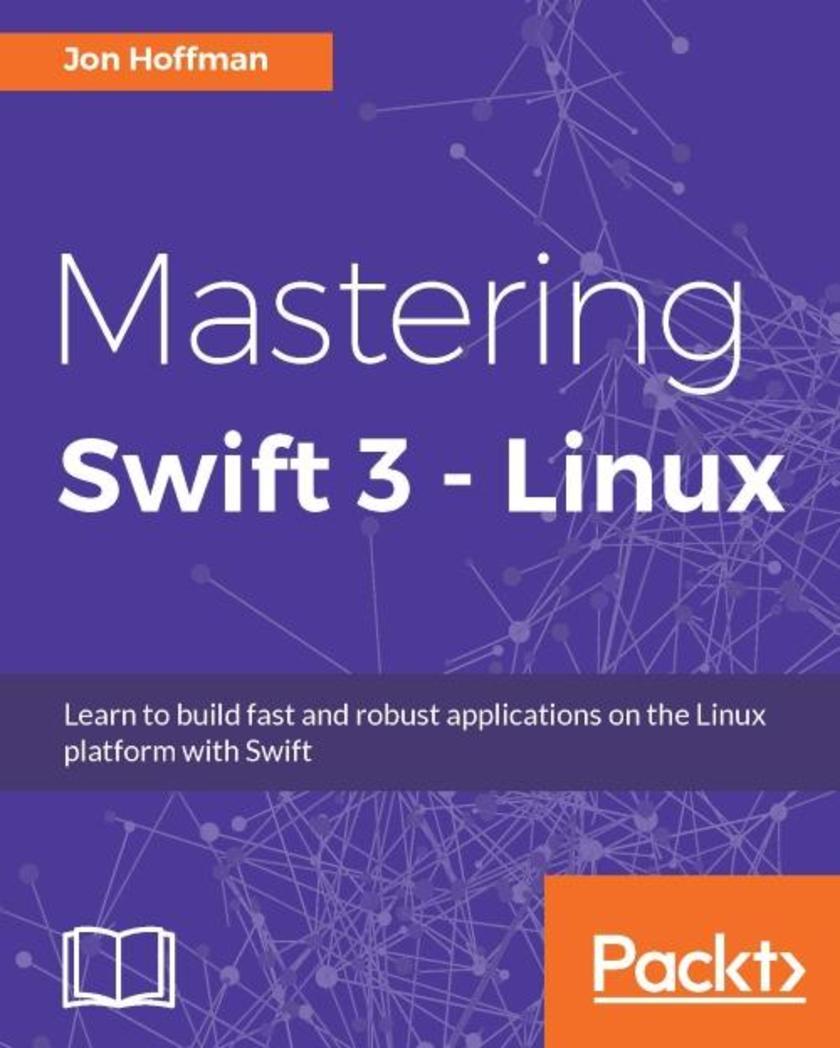
Mastering Swift 3 - Linux
¥80.65
Learn to build fast and robust applications on the Linux platform with Swift About This Book Create robust applications by building a strong foundation in the Swift Language Utilize Swift 3 on the embedded Linux platform for IoT and Robotic projects Build more flexible and high-performing applications on desktop, server, and embedded Linux platforms Who This Book Is For This book is for Linux developers who are interested in quickly learning how to use Swift to create exciting applications on Linux platforms. What You Will Learn Install Swift on the Linux platform Explore the power of the Swift language Get to know the proper design techniques Understand Swift’s new Core Library Implement popular design patterns with Swift Integrate C libraries with Swift Using Swift on Single-Board Computers Learn how to add concurrency to your application with Grand Central Dispatch Learn how to work with Swift Generics Learn how to use the Protocol-Oriented design paradigm In Detail Swift is a modern, fast, and safe programming language created by Apple. Writing Swift is interactive and fun, the syntax is concise yet expressive, and the code runs lightning-fast. Swift’s move to open source has been embraced with open arms and has seen increased adoption in the Linux platform. Our book will introduce you to the Swift language, further delving into all the key concepts you need to create applications for desktop, server, and embedded Linux platforms. We will teach you the best practices to design an application with Swift 3 via design patterns and Protocol-Oriented Programming. Further on, you will learn how to catch and respond to errors within your application. When you have gained a strong knowledge of using Swift in Linux, we’ll show you how to build IoT and robotic projects using Swift on single board computers. By the end of the book, you will have a solid understanding of the Swift Language with Linux and will be able to create your own applications with ease. Style and approach This easy-to-follow, code-rich guide is filled with examples that demonstrate how to put the concepts into practice. You’ll also get design patterns and best practices to get you writing better applications on the Linux platform.




 购物车
购物车 个人中心
个人中心



